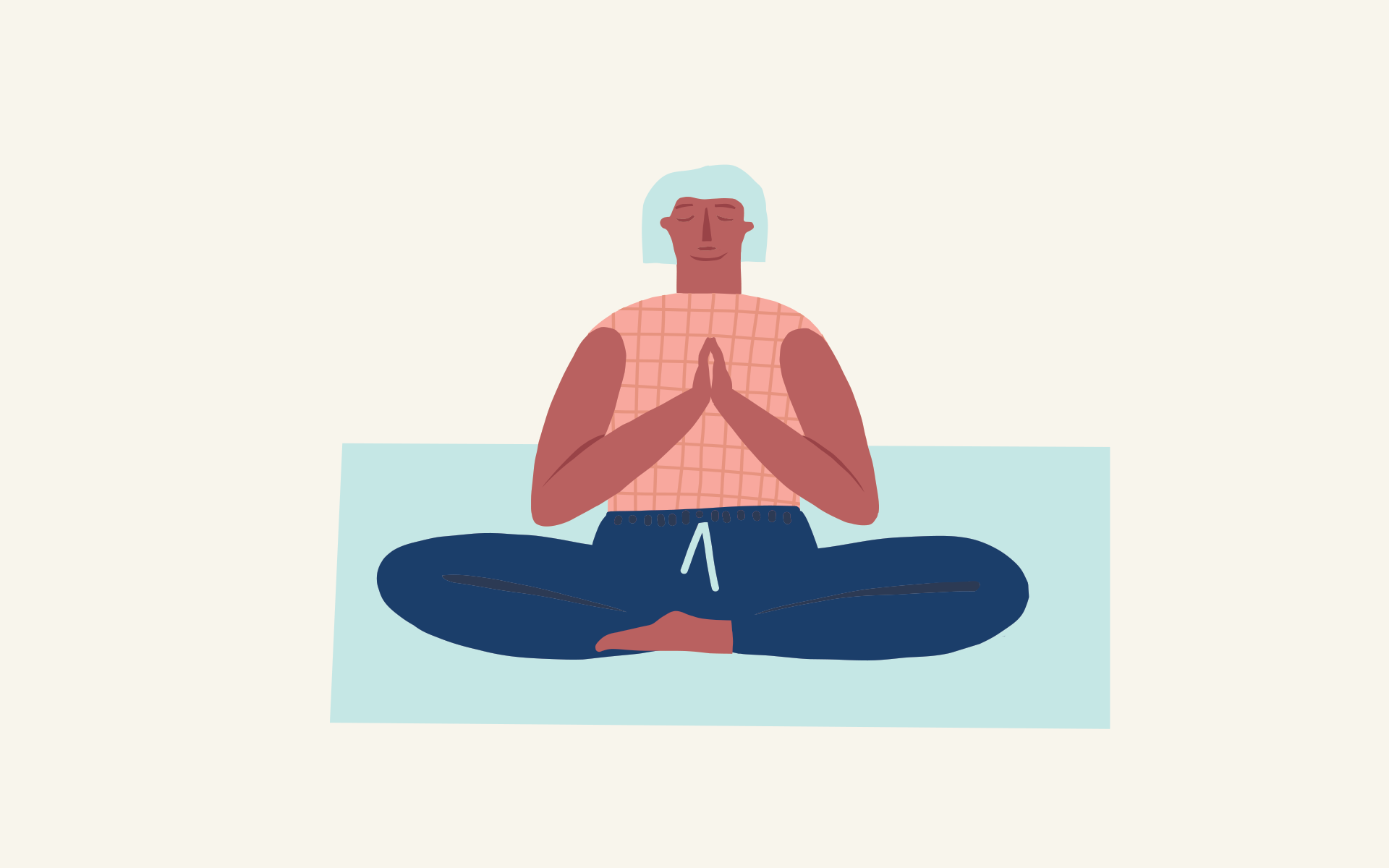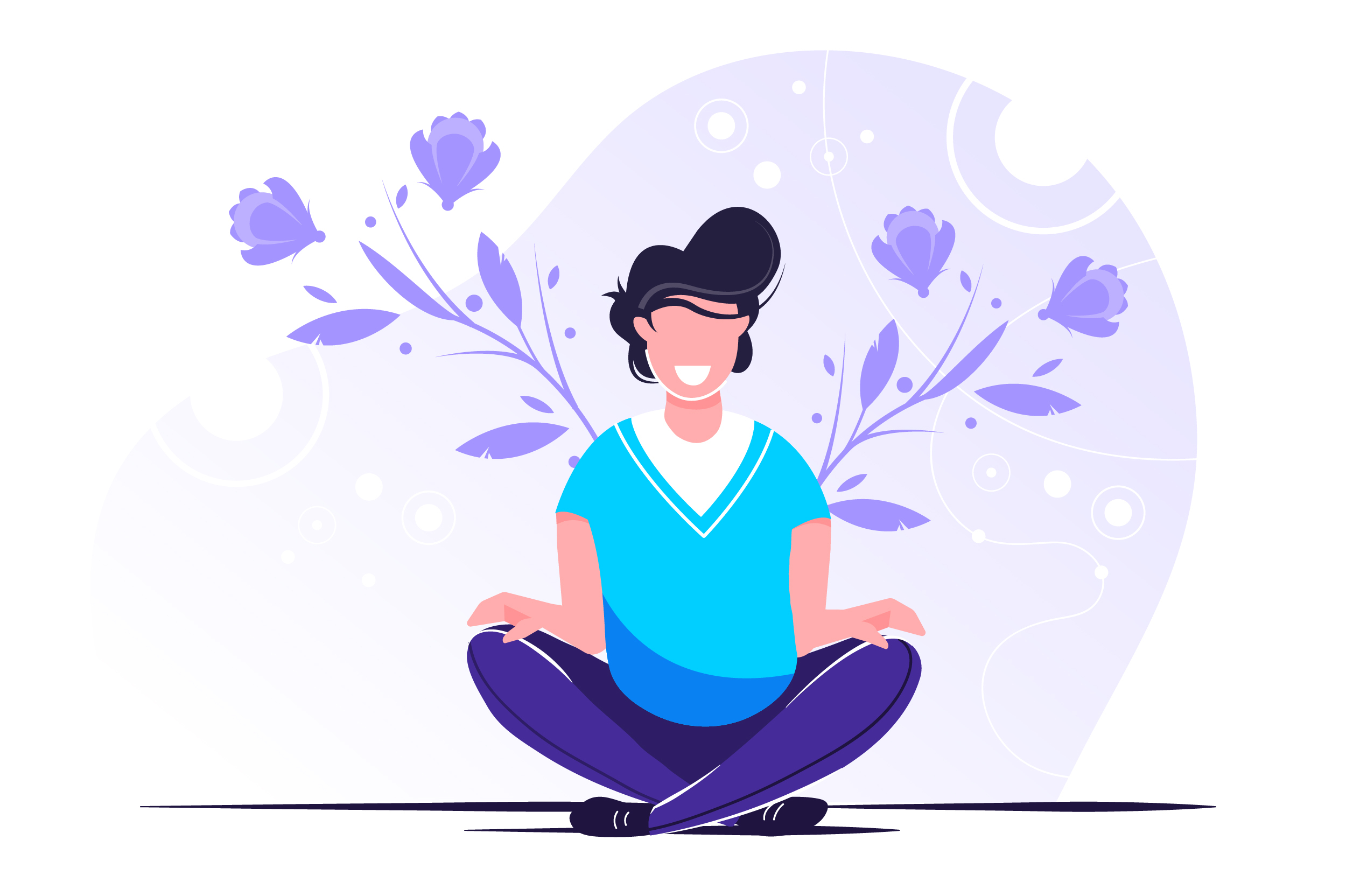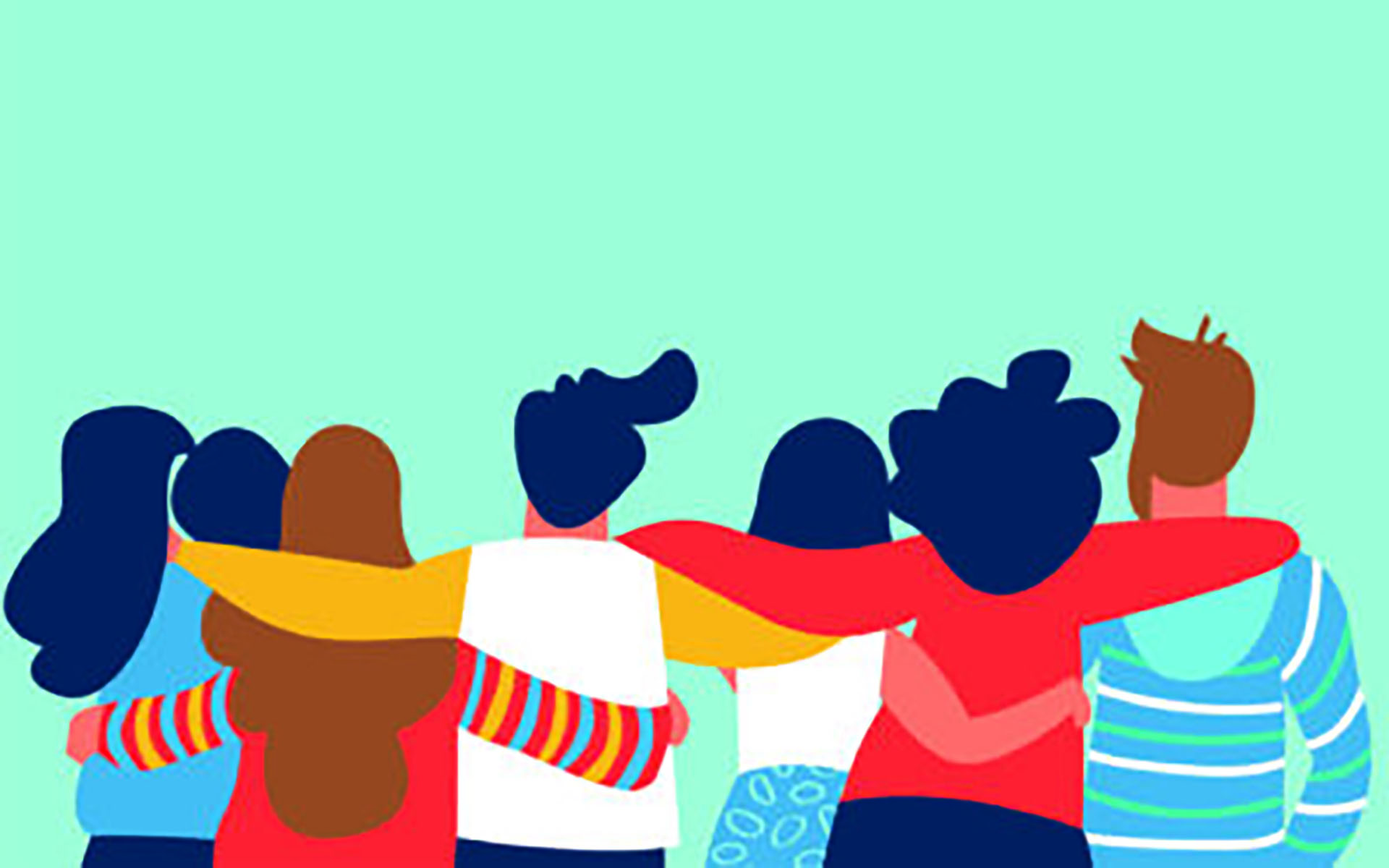As you have very likely experienced through mindfulness practice, our ordinary state is one of mind wandering—a state in which our attention drifts between the present moment and thoughts about past and future. When we practice presence, we begin regularly shifting our attention back to the present moment whenever our mind wanders.
Turning attention into engagement is similar. Think of it as “directed presence” or as cultivating presence in the midst of the activities we engage in, whether it’s brainstorming with colleagues, working out, catching up with our partner, or putting our kids to bed. Psychologists have a name for this state of full engagement. They refer to it as “flow.”
Mihaly Csikszentmihalyi, one of the first psychologists to carry out research on this experience, talks about it in his book Flow: The Psychology of Optimal Experience. He describes flow as “the state in which people are so involved in an activity that nothing else seems to matter; the experience itself is so enjoyable that people will do it even at great cost, for the sheer sake of doing it.”
Linking Mindfulness and Flow
By definition, you can experience presence any time, anywhere: lying on the beach, walking to your car, or sitting in traffic. It can be either passive or active. Flow, on the other hand, is a purely active state that feels almost effortless. According to Csikszentmihalyi, the ideal conditions for flow arise when “both challenges and skills are high and equal to each other.”
Many top athletes, artists, and intellectuals describe this experience. Greek tennis champion Stefanos Tsitsipas recently described the dramatic shift between when he’s playing normally, versus when he’s playing in a flow state: “It felt like I was in a cage and someone decided to unlock it. I suddenly felt free. Every decision I went for felt right,” he said. “It brings you to another level. You’re not playing with your skill any more, you’re playing with your soul.”
Flow doesn’t always come naturally. We often have to resist the temptation of short-term pleasure to get there.
Buster Williams, the legendary jazz bassist, recalls his experience playing with Miles Davis that led to a heightened state of engagement. “With Miles, it would get to the point where we followed the music rather than the music following us. We just followed the music wherever it wanted to go.”
These descriptions might make flow sound mystical, but you don’t have to be a star tennis player or a legendary jazz bassist to experience a state of full engagement. Whether it’s on a challenging morning run, during an important PTA meeting, or while delivering a presentation at work, flow is something that everyone can access. For example, Csikszentmihalyi’s research found that full-time caregivers were just as likely to experience this state as athletes and musicians. One mother described a state of engagement happening as she worked with her daughter when she was discovering something new. “Her reading is one thing that she’s really into, and we read together. She reads to me, and I read to her, and that’s a time when I sort of lose touch with the rest of the world. I’m totally absorbed in what I am doing.”
FOMO–The Flow of Missing Out?
Csikszentmihalyi and fellow researcher Martin Seligman’s research illuminates the connection between flow and well-being. In one study, his team had 250 “high-flow” and 250 “low-flow” teenagers keep a record of their mood at specific times throughout the day. When the team examined the responses, the low-flow teens spent the bulk of their time in a state of disengagement, and were said to either be hanging out at the mall or watching television. The high-flow teens, by contrast, were more likely to spend their time developing hobbies, academic interests, and athletic abilities.
How did these two groups score on measures of happiness? It turned out that the high-flow group outperformed the low-flow group on every measure of psychological well-being, except one. Seligman writes, “The exception is important: The high-flow kids think their low-flow peers are having more fun, and say they would rather be at the mall doing all those ‘fun’ things or watching television.”
The only disadvantage of experiencing flow was the feeling of missing out on short-term pleasures. Pleasures that fail to produce long-term happiness. Two helpful conclusions can be drawn from this research.
First, engagement is associated with an increase in happiness and well-being. The more we live in the state of flow, the more we grow and experience meaningful success. However, experiencing mental health challenges like depression and anxiety may correlate to a reduced ability to access flow. In a 2022 study published in PLOS One, researchers examined 664 musicians (a population with high rates of anxiety) and the factors that made them more or less amenable to a flow state while performing. The researchers found that the more anxiety a musician reported, the less likely they were to experience flow.
Secondly, flow doesn’t always come naturally. We often have to resist the temptation of short-term pleasure to get there. When we do, we set the stage for this exquisite experience of total absorption in the task at hand.
3 Essentials for Flow State
As Csikszentmihalyi and subsequent flow researchers have identified, three main conditions are needed to experience flow:
1. A clear and purposeful set of goals for your activity, which helps channel your attention.
2. A subjective sense of balance between the challenging nature of the activity and your skill-level to navigate it, which leads to feeling absorbed in the activity.
3. Clear, immediate feedback telling you how well you’re progressing and where you can improve.
To create these ideal conditions for flow, reserve 10 minutes (or more) each day for engaged and purposeful work. Shut down or silence your phone, close your browser and email, and turn off the TV to eliminate digital distractions. Now, use those 10 minutes to focus on a project, task, or hobby you find difficult yet enjoyable. If you make a mistake or a result isn’t what you intended, instead of criticizing yourself, simply see it as feedback and adjust what you’re doing accordingly.
You can also try alternating between periods of focused engagement and periods of rest and recovery. Notice when your thinking starts to slow down or when you’re no longer operating at peak levels of focus. Then shift your behavior by taking time to allow your mind to recharge: Walk around, stretch, or take a few deep breaths. Finally, rewire your brain to create this habit by savoring the feeling of giving your mind and body a well earned break. Neuroscientist Judson Brewer says it’s powerful when we start to notice: “What’s it like when I get caught up in thinking, compared to when I’m noticing these body sensations that are trying to tell us to do things, and just being with them? We just have to get out of our own way.”
3 Ways to Get in the Zone
For some, flow comes almost naturally. Mozart started playing concerts at age six. Picasso painted his first masterpiece at eight. People like Mozart and Picasso don’t have to consciously train the skill of engagement. This experience of total absorption in the task at hand becomes a way of life early on.
However, for most of us, dropping into this state of flow requires a bit more practice and reflection.
The first step is to identify activities that offer the potential for flow. Here are three points to help you identify which activities, either at work or at home, may be conducive to a flow state for you:
- Challenge: Remember that flow doesn’t arise when things are easy. It’s actually the opposite. Flow arises when we push our skills and abilities to their very limit. What are the activities that challenge you?
- Enthusiasm: Flow and lack of interest don’t go well together. You don’t have to love the activity that you are doing, but it helps if you choose something that brings you at least some level of enjoyment. What are the tasks you enjoy doing?
- Skill: Flow requires a certain level of mastery. A beginner learning to play her first song on the piano is less likely to experience flow than a concert pianist with twenty years of experience. You don’t have to achieve complete mastery, but achieving a high level of skill is essential. What are your most highly developed or natural skills?
Write your answers to these three questions on a sheet of paper. Then take some time to reflect on the activities in your life that allow you to experience these three qualities.
Adapted from Start Here: Master the Lifelong Habit of Wellbeing by Eric Langshur and Nate Klemp, PhD.
READ MORE
12 Minute Meditation: Resting in the Flow of Existence
Uncertainty doesn’t need to create more anxiety. Explore this mindfulness practice for embracing change and appreciating the ride.
Read More
Focus Your Awareness with These Visual Breath Practices
To be aware that we’re breathing is the first thing we learn in mindfulness practice. Gary Gach walks us through the fundamentals and shares three imaginative tools for clear, focused awareness.
Read More
A 6-Minute Loving-Kindness Meditation to Expand Your Awareness
Tita Angangco, cofounder of The Centre for Mindfulness Studies, shares a loving-kindness meditation that serves as an ignition to spark change.
Read More








